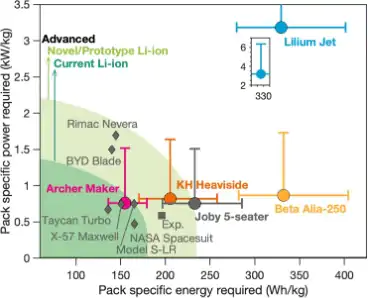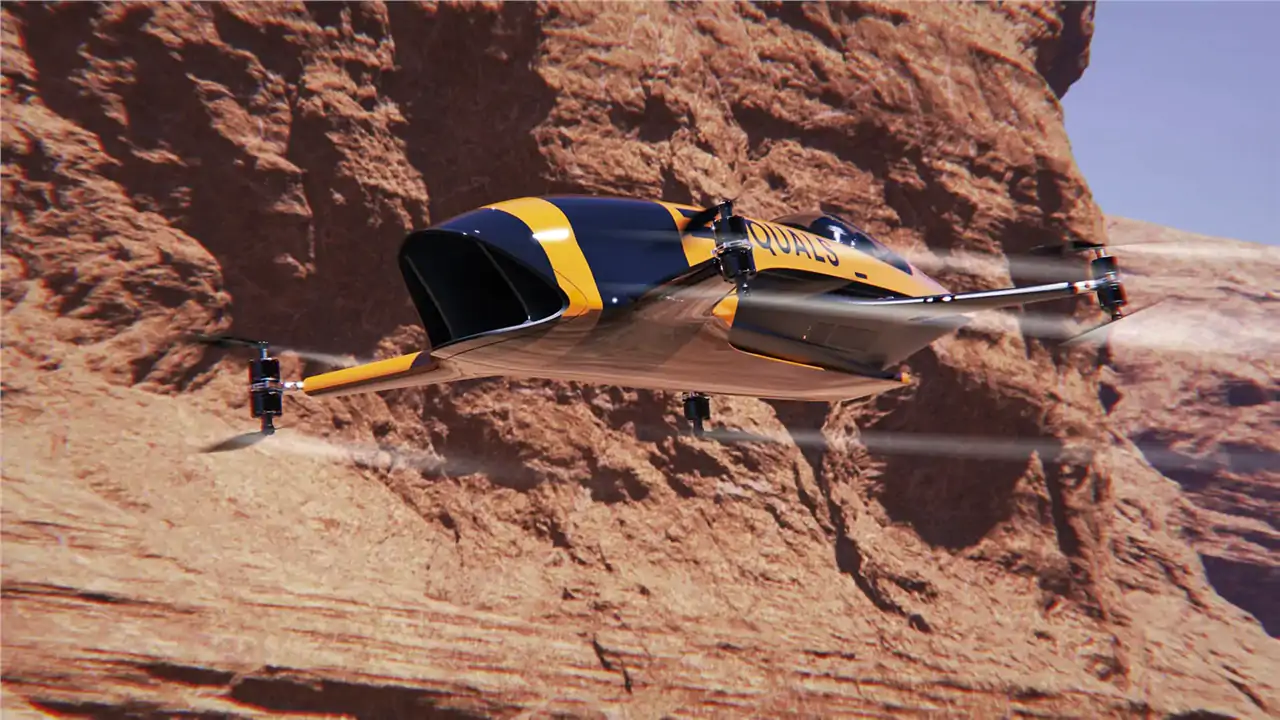The companies that create flying electric taxis get a lot of attention in Silicon Valley nowadays. But is their emerging lithium-ion airplane really viable, or is it just the latest mode of overexposure that techno-optimist venture capitalists are drawing their money from?
A recent report from engineers at Carnegie Mellon University, published in the Proceedings of the National Academy of Sciences, finds that battery-powered urban aircraft are well within the bounds of technological reality and could appear in everyday life surprisingly soon.
The co-authors shashank sripad and venkatasubramanian viswanathan are probably attracted to the concept of flying cars, as well as many other enthusiasts for the science and technology of the future. But, as scientists, their optimism must be tempered by evidence-based skepticism.
Flying cars or taxis, which take the form of electric vertical take-off and landing (eVTOL) aircraft (essentially a mash-up of a helicopter and a plane) have a key hurdle they must overcome: battery technology. Specifically, the specific power and energy of lithium-ion batteries should be increased. Specific power is the power that a battery can supply at a given weight. Specific energy is the amount of energy that a battery may contain at a given weight. A flying taxi’s battery must be able to deliver a lot of power (because flight is energetically demanding) and a fair amount of capacity (so the craft can stay in the air over a reasonable distance and land safely). The heavier the battery, the more difficult it is for a flying taxi to take off and remain at altitude.
Everything's in the stacks.
How are the batteries now? Based on the sripad and viswanathan tests, the existing lithium-ion batteries can already power a taxi. Archer Aviation’s Maker aircraft can cruise at 150 mph with a 60-mile range. The duo also identified prototype battery designs developed recently or in-use for select high-performance applications that are suitable for Kitty Hawk’s plane, the Heaviside, which can travel at 180 mph with a 100-mile range. Advanced models that are not yet on the market will open the door to more high-speed, longer-range electric taxis.

Ultimately, better lithium-ion batteries are on the way, making electric city planes technologically viable on a large scale. As a bonus, Sripad and Viswanathan also found that small taxis like Archer’s Maker, Kitty Hawk’s Heaviside, or Joby’s 5-Seater are more energy efficient than internal combustion engine cars, and some will even top electric cars, especially over longer distances with more passengers.
“The promise of EVTOL aircraft achieving higher energy efficiencies than equivalent terrestrial alternatives at faster travel times signals enormous implications for the emission intensity and sustainability of urban transportation,” they write.
Where's my steering wheel?
The future of city electric air taxis is therefore promising in terms of technology. It remains to be seen how things will unfold as far as regulations, infrastructure and costs are concerned. The Federal Aviation Administration is not expected to approve an air taxi until 2024 at the earliest, and then governments will need to determine when, where, and how they can fly, particularly in large cities. Advanced, automated, Air traffic control systems will be required as taxicabs become airborne, and infrastructure to enable them to take off and land in many of the places they want. All of this is going to cost money, and that's before businesses and consumers take into account the cost of buying a plane or just a flight on board.
Whether in the field or in the air, the future of urban transportation appears increasingly to be electric.



 BlocksInform
BlocksInform










